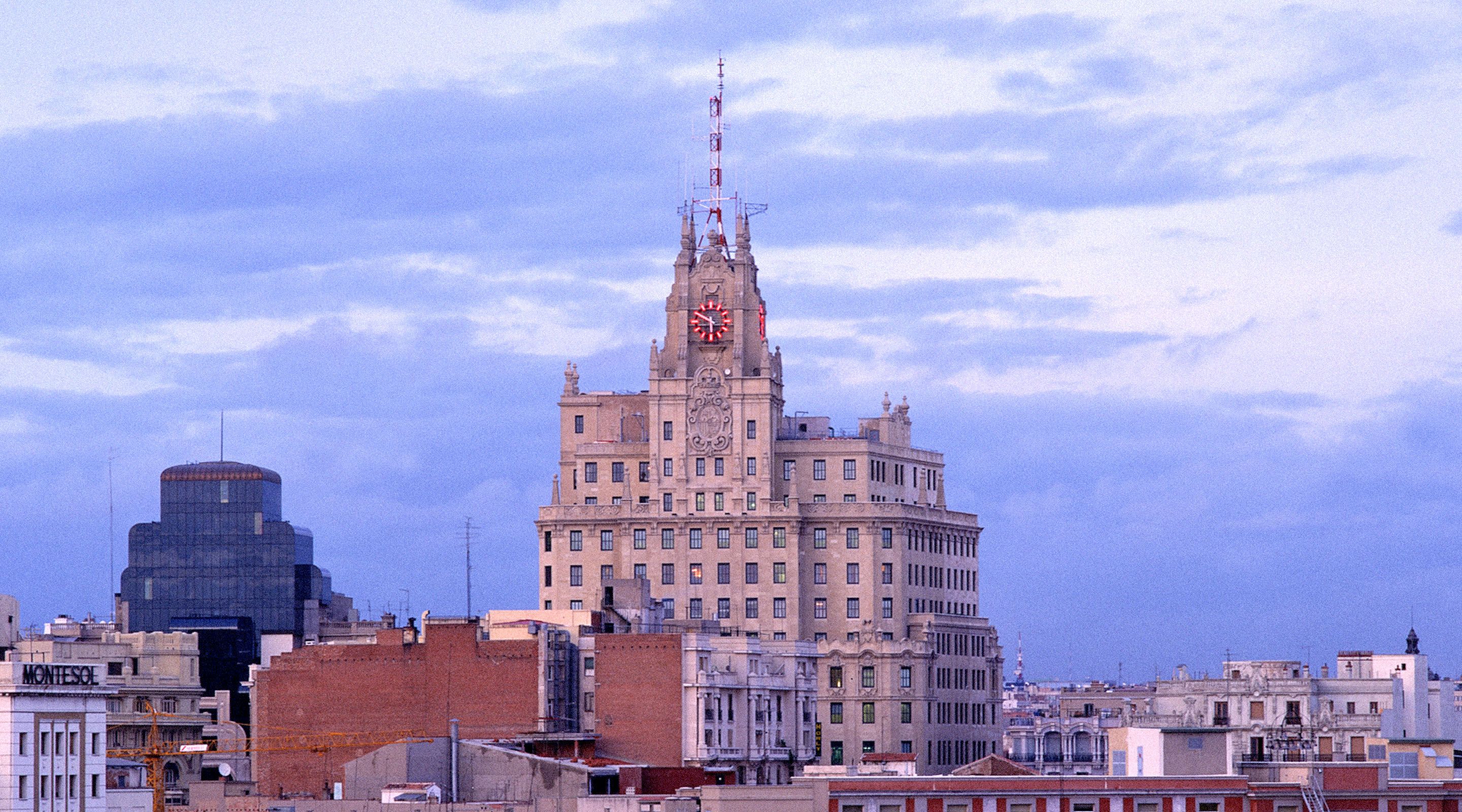
1989
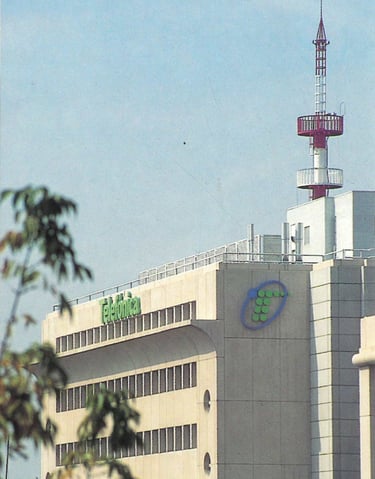
Almost at the turn of the decade, Cándido Velázquez-Gaztelu arrived at Telefónica, the most commercial and customer-focused president we have ever had. The strategy focuses on quality and the elimination of bottlenecks at the facilities.
New Chairman and new Strategic Plan 1990-94
01
At the end of January 1989, Cándido Velázquez-Gaztelu, a 52-year-old lawyer from Jerez, who had previously been chairman of Tabacalera and Coca-Cola, took over as the new chairman of Telefónica. With a very clear customer focus, we drew up a five-year Strategic Plan 1990-94, with priorities for action, among which was to increase investment in order to make a significant leap forward in reducing the demand for the service. One of the three-year objectives was to exceed 37 lines per 100 inhabitants and practically eliminate the waiting list. In a parliamentary appearance, the new chairman stressed the need to improve the service in line with other European Community countries and requested a modification of the tariff framework to achieve this. This happened in March of this year, although the new pricing scheme was not so closely aligned with Telefónica's proposal. In 1989 something is already achieved that had not been possible in recent years: the waiting list is reduced, the supply of lines exceeds demand for the first time, although demand had not stopped growing. At the end of the year, thanks to the investment effort, the density of the telephone service stood at 30 lines per 100 inhabitants.
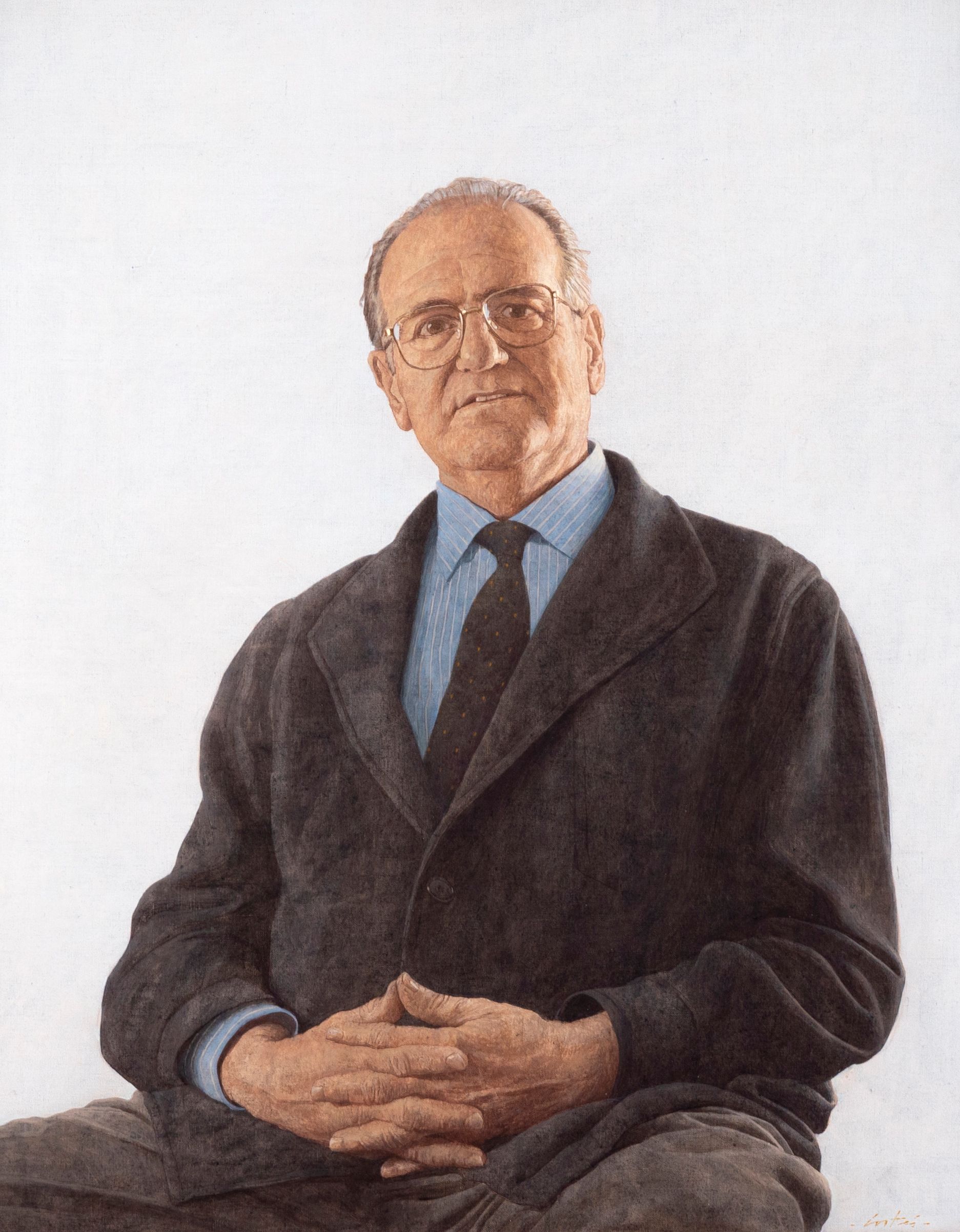
Focus on rural areas
02
In 1989, much attention is given to a commitment made years ago, the extension of telephony in rural areas. At the end of the year, we could say that 96% of the Spanish population, wherever they lived, had some form of telephone service available to them. In this line, Telefónica begins its participation in a community programme: STAR, which aims to facilitate the introduction of advanced telecommunications services in the less developed regions of Europe.
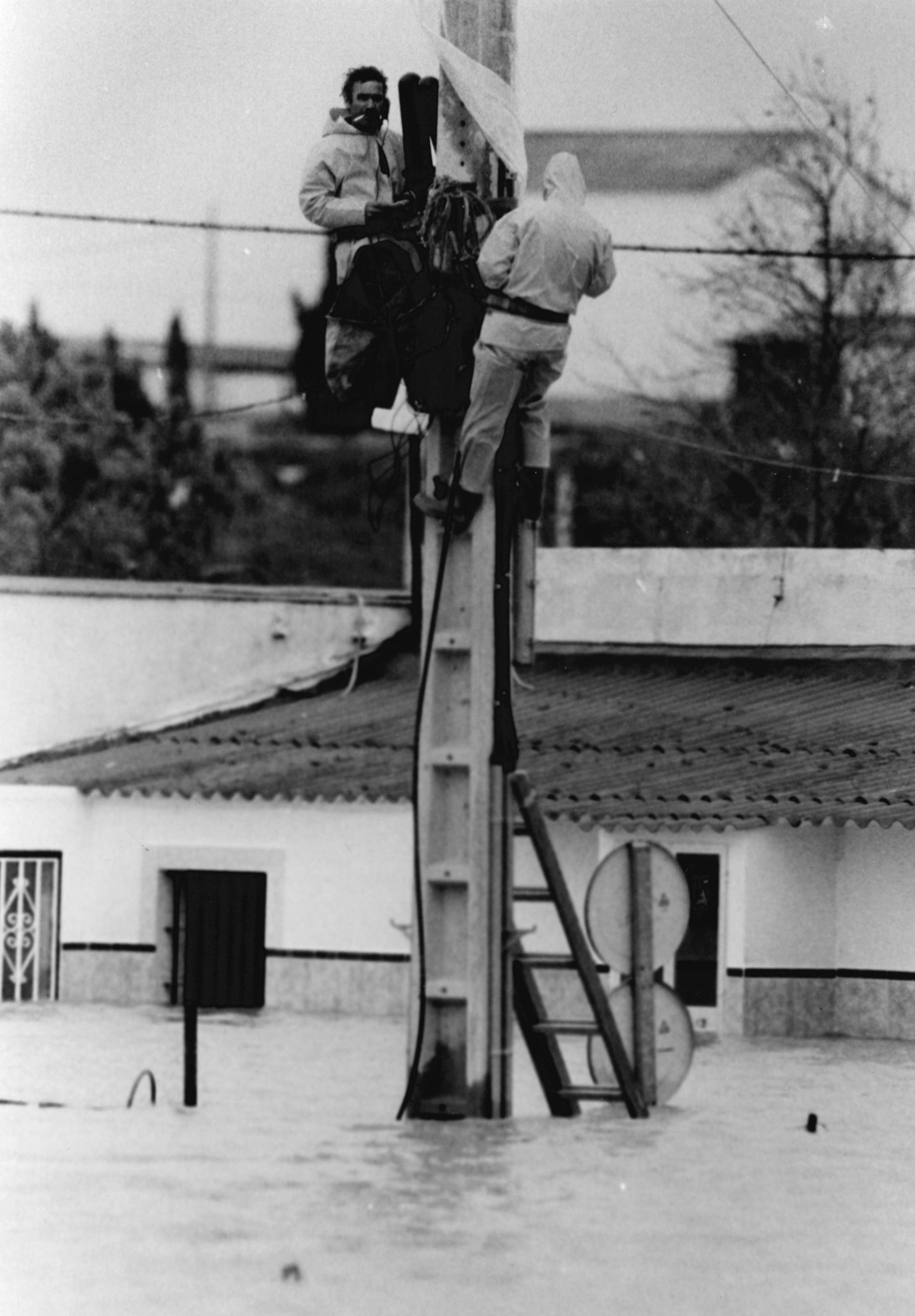
Optical fibre is a reality
03
As a result of a programme initiated in 1986, the fibre optic network becomes a reality in 1989. It adopted a layout similar to that of a motorway and, in order to avoid saturation problems, it was equipped with sufficient capacity to absorb the foreseeable traffic over a 20-year horizon. In the main towns, "digital rings" began to be installed, linking city centres and towns to each other. From this year, Madrid and Barcelona were linked by fibre optics, increasing the installed capacity to 61,500 telephone circuits and 128 television circuits. By the end of this year, more than 11,000 kilometres of power lines were scheduled to be completed.
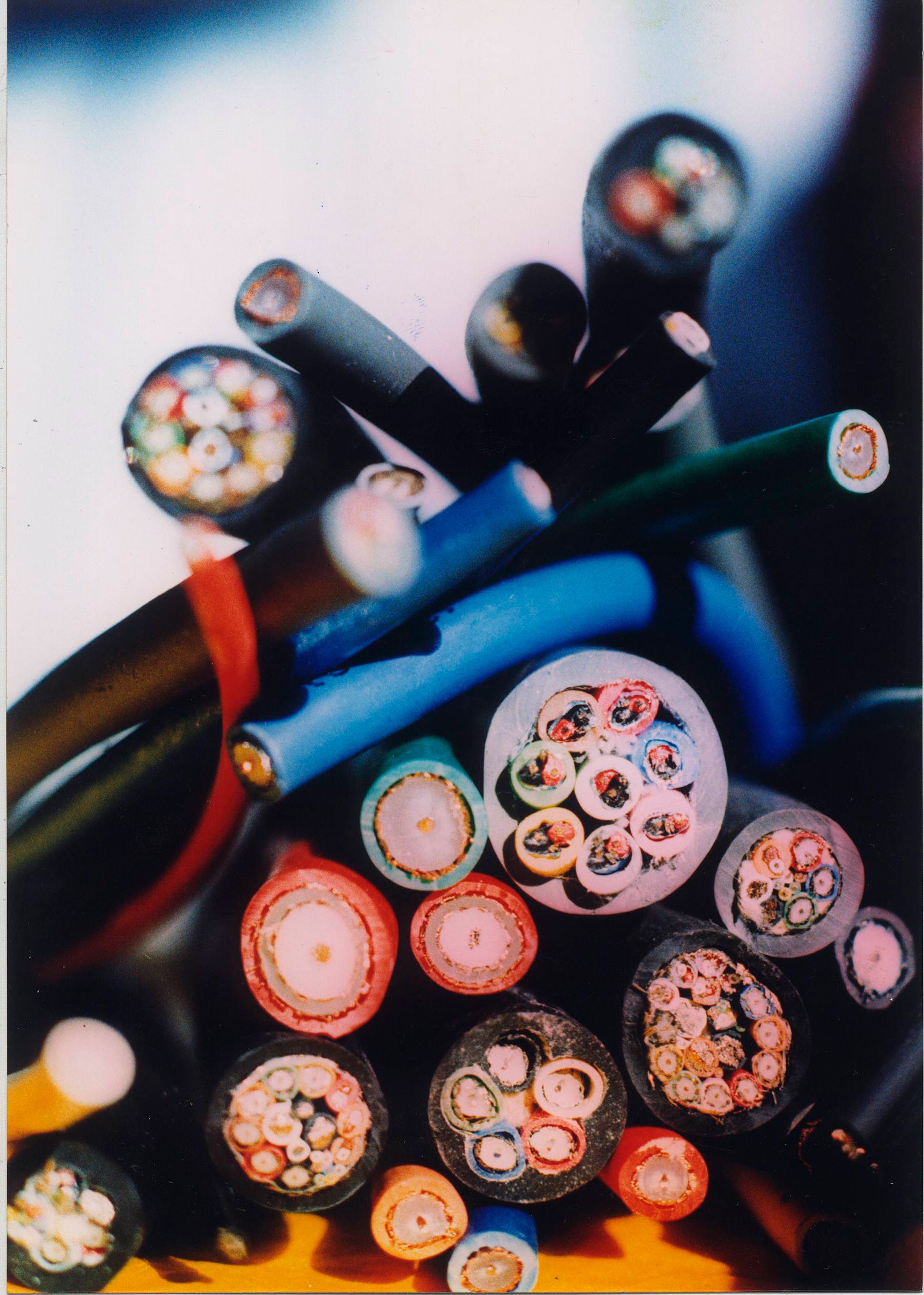
First experiences of ISDN
04
In 1989, the Integrated Services Digital Network was launched in an experimental phase (with its own service and that of collaborators), with two centres in Madrid. The pioneering new network provided access to a variety of services through a single, standardised interface between the user and the network. The commercial phase would start two years later with three types of switchboards, provided by Ericsson, Alcatel and ATT.
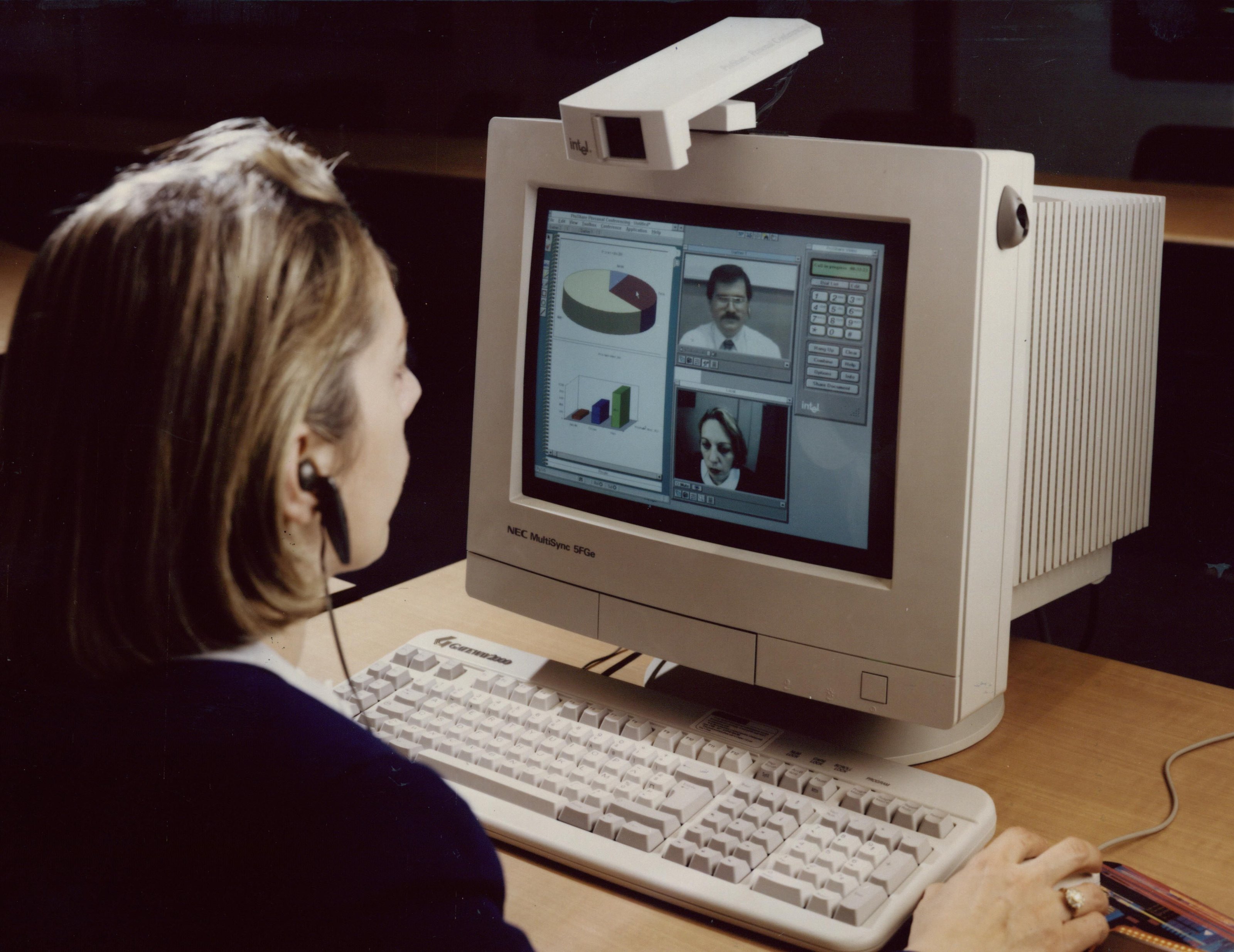
La Red Digital de Servicios Integrados o RDSI es básica para el progreso
You must accept all cookies to see this content
Do you have doubts about what happened?
Ask Aura